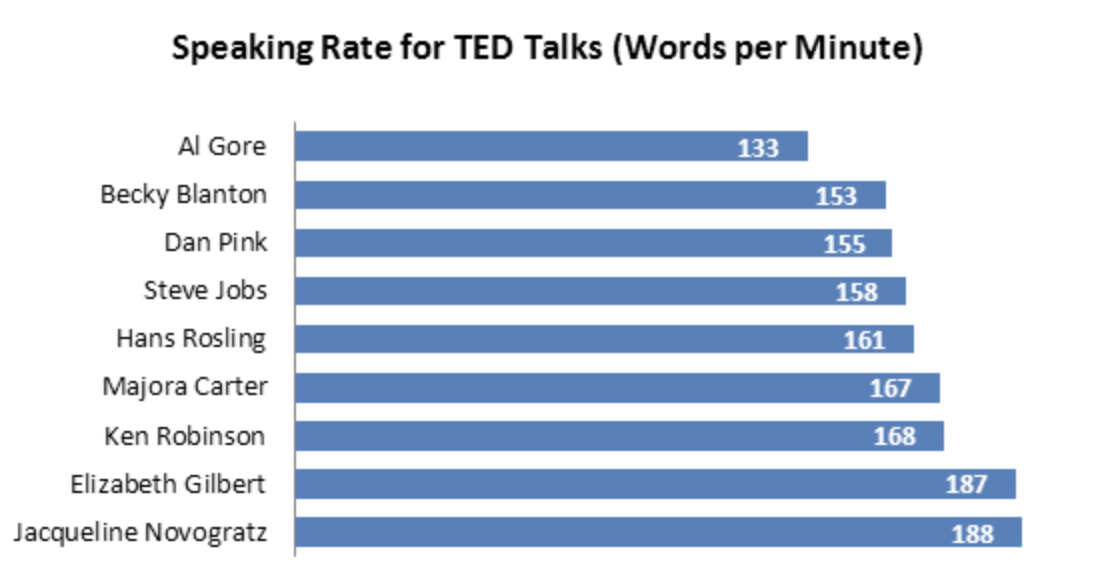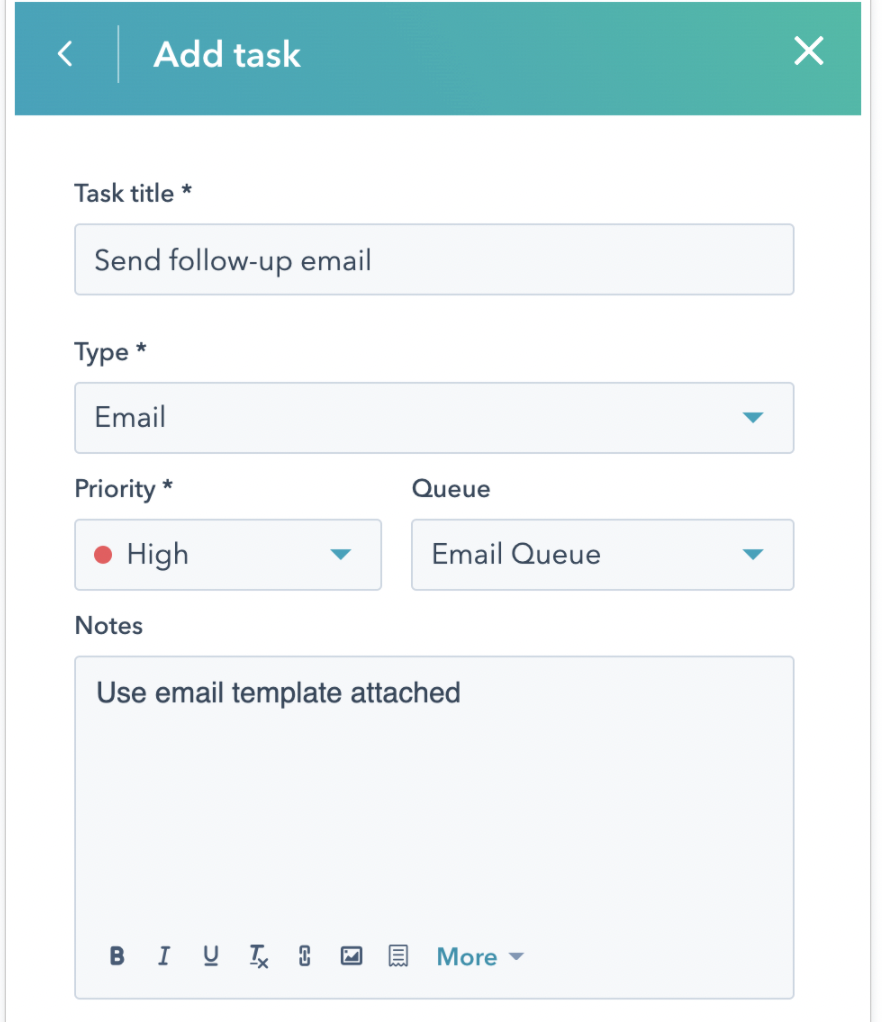7 Cold Calling Tips & Sales Best Practices

7 Cold Calling Tips & Sales Best Practices
Cold calling isn’t exactly within everyone’s comfort zone when starting their first sales role. However, strong cold calls allow businesses to get their name out there, firmly communicate their value proposition, and (of course) convert leads. Here are a few tips to make cold calling more effective.
Cold calling is all about casting a wide net and exploring lead possibilities proactively. When making a cold call, you’re not waiting for the customers to come to you — instead, you’re reaching out to those that may be a good fit for your product or service.
While cold calls are important, they certainly aren’t easy. In fact, people make hundreds of search queries monthly about how to overcome anxieties related to making cold calls.
This guide provides salespeople with 7 top cold calling tips to diminish anxieties and have more productive conversations with prospective clients.
What Does Cold Calling Mean?
Cold calling refers to the practice of a member of your team contacting a potential client who hasn’t previously expressed interest in your business’ offerings.
Cold calls don’t have to be made to completely random parties. Rather, the companies your team contacts can be pre-researched and even come from an externally-generated list of leads.
The practice of cold calling certainly has a negative connotation in a business setting, in part due to the tenacity that can be required to see success through this method.
While 69% of respondents to a recent study reported accepting cold calls, other research suggests that five or more accepted calls are necessary before a sale occurs.
“The 2% who buy at a first meeting tend to be people who have already looked into the subject matter, and already know what they're looking for. If they meet someone who ticks all the right boxes and they get on well, then business may well be transacted. But that is far from the norm. The other 98% will only buy once a certain level of trust has been built up.” –Marketing Donut
Outbound Lead Generation, It Still Works
These statistics may not make cold calling seem like a worthy use of your time. However, this method of marketing is an essential part of any outbound lead generation strategy. Outbound lead generation is one of the best ways for your business to hone in on your ideal target markets. As such, understanding cold calling best practices are necessary to maintain a robust digital marketing presence.
Cold vs. Warm Calling
If cold calling is a tough concept to accept as part of your business’ outbound marketing strategy, warm calling may be palatable.
What is Warm Calling?
Warm calling: the practice of contacting potential clients that have already expressed an interest in your business.
What Do Warm Calls Require?
Experts agree that contacting your existing customers is the most effective tactic for growing sales.
You’re already maintaining a positive professional relationship with customers. Over time, you can inform them of goods or services you offer that may meet their other business needs.
While contacting interested parties is fundamentally a more sure-fire way to lock down sales, warm calls do have a few requirements:
- Waiting: you need to wait for warm leads to express interest
- Keeping the leads warm: waiting requires following up with existing customers
Warm calling is a great way to efficiently grow your business, but it works best in tandem with a cold calling campaign. In addition, cold calling is easier when you invest the time and research to make your cold calls as “warm” as possible.
Additional reading: ‘10 Fail-Safe Email Lead Generation Tactics That Engage’
7 Cold Calling Tips to Increase Sales
It’s not uncommon to experience some nervousness before making your first few cold calls. We’ve compiled a list of 7 cold calling techniques that dispel anxiety and make cold calling approachable to rookies and veterans alike.
- Use your script as a guide, but keep your conversation organic
- Lean on automation to facilitate communication
- Master your voicemail messages
- Ensure you’re contacting decision-makers
- Focus on the value proposition
- Stick to open-ended questions
- Make next steps easy
By following these cold calling tips and best practices, you and your team will be able to make cold calling as painless of a process as possible.
Need help getting started with cold calling? Contact a few lead generation companies on The Manifest to find a lead gen partner that meets your needs.
1. Use Your Script as a Guide, But Keep Your Conversation Organic
When you and your team tackle cold calls, you’ll want to have a script on hand.
Not only will having a script ensure cohesive brand messaging is a part of your outbound marketing efforts, but it can also help improve your success in generating and converting leads.
According to AI analysis of thousands of cold call recordings, calls that result in a follow-up or sale last twice as long as those that do not.
By providing your team with a script, you’ll be able to list answers to potential client questions as well as additional talking points that will help extend conversations and capture new business.
Another aspect of cold calls that scripts can help with is an effective introduction. You’ll want your script to accomplish the following:
- Direct your team to clearly introduce themselves and your business
- Address the client with their first name
- Start with an ‘interrupting question’ such as “How have you been?”
- Directly state the reason for calling
Even with a script handy, though, you and your team will want to keep your conversation as organic and authentic as possible. You don’t want to come across as too robotic in your cold calls.
To this end, your script can provide overarching tips for your conversations. For instance, you could provide your team with a reminder to use collaborative language or offer suggestions on when to bring up client-specific information in conversations.
Especially when referencing your script, you and your team should focus on speaking at about 125 words per minute and talking in a manner that doesn’t sound robotic or high-pitched. That’s slower than you think it is — most TED talk presenters speak at much faster rates.

Source: Six Minutes
Especially if you’re nervous, it’s easy to run through your talking points quickly without intentionally engaging the prospective customers with your tone and speaking rate.
Focusing on collaborative language, speaking rate, and engagement rather than religiously sticking to the script will provide your cold calls with a tone that encourages people to work with you.
2. Lean on Automation to Facilitate Communication
We all have a limited amount of time in our workdays. For small- to medium-sized businesses in particular, team members often wear several hats and cannot dedicate their entire day to cold calling.
With this in mind, you and your team should take advantage of any opportunities for automation within your outbound marketing strategy.
In our increasingly digital world, a great area for automation is email marketing. Utilizing automated emails to supplement your cold calling efforts is a great way to provide your clients with tangible, written material on your business and its offerings that cannot be ignored in the same way phone calls can.
If your team is able to gather email addresses in their initial cold calls with potential clients, these email addresses can be used in a service such as HubSpot to automatically follow up according to a preset schedule.

Source: HubSpot
In 2018, business users received an average of 97 emails each day. With that number certainly has grown since then, you’ll want to do everything possible to give your automated emails the best chance to stand out.
Additional Reading: ‘Email Marketing Statistics.’
5 Email Automation Opportunities and Pro-Tips
- Subject Line Word Count: According to research done by Retention Science, a major area of focus for automated emails should be your subject line. Having your subject line be 6–10 words yields a higher open rate than other subject line lengths.
- Subject Line Punctuation: While including any punctuation increases the likelihood of your email being opened, subject lines that include question marks have 44% greater open rates than those including exclamation points.
- Personalization: You’ll also want to make sure that your automated emails are sufficiently personalized to each potential client. Research shows that personalized emails have 2.5 times higher click-through rates and are 6 times more likely to yield a follow-up conversation.
- Specifying First and Last Names: Ensuring each email template uses the potential client’s first name and includes a detail from your initial phone conversation with them is a great way to personalize your automated emails.
- Voicemail Automation: Another area of opportunity for automation within your outbound marketing strategy is voicemail. Services such as DialMyCalls allow users to pre-record voicemail messages and automatically send them to a list of phone numbers.
Taking advantage of email and voicemail automation can be useful if you or your team become too busy to make calls to all the phone numbers you’ve compiled.
3. Master Your Voicemail Messages
With 80% of outbound marketing calls going to voicemail, understanding how to leave an effective voicemail message is necessary for any successful outbound marketing strategy.
How Long Should a Sales Voicemail Be?
Before diving into the content of a voicemail, it’s important to understand the optimal length of a voicemail message.
It’s been proven that business leaders prefer shorter messages–30 seconds or less–with an 8 to 14-second message being ideal. Especially given these time constraints, you and your team have to make every word in your voicemail message count.
When is the Best Time for Cold Calls?
You’ll also want to ensure that your voicemail messages are being left at the best possible times. According to RingLead, Wednesdays and Thursdays from 6:45 – 9:00 a.m. and 4:00 – 6:00 p.m. are the best times to call and leave a voicemail message. Conversely, Monday mornings and Friday afternoons should be avoided at all costs.
What to Say in a Cold Call Voicemail
Now that you know the best times and durations for a voicemail message, you can focus on the actual content of the message. You’ll want to offer the same clarity you would in a cold call, but in a much more succinct vehicle.
You and your team should include the following in a voicemail:
- Clearly introduce yourself and your business
- Provide context with any pertinent connections to make the voicemail as warm as possible
- State your reason for calling and what you’re asking of the potential client directly
- Be specific about how much of their time you’re asking for, whether it be 5 minutes or 2 hour
- End your message by providing your own contact information twice to ensure the potential client can write it down if they’d like
When building an overall voicemail strategy, you should keep in mind that 90% of first-time voicemail messages go unreturned. Even if you utilize the tactics outlined above, you and your team will have to follow up on voicemail messages to maximize your chances of getting a response.
4. Ensure You’re Contacting Decision-Makers
In this article, we’ve established that it can be difficult to get someone to pick up the phone when making a cold call.
With all the effort going into your outbound marketing strategy to this end, you’ll want to ensure that your calls are being placed to the correct professionals at your target businesses with the authority to make purchasing decisions with you.
Additonal Reading: Tap into LinkedIn’s 800M+ member network and reach decision-makers.
Contacting the wrong person at an organization is a common pitfall when cold calling. In fact, data compiled by Gartner shows that it takes an average of 18 calls to connect with a buyer. Still, even though this mistake is common, it can seriously hamper the effectiveness of your outbound marketing strategy.
If you contact the wrong person, your calls are more likely to go unanswered. Even if you do get a response, the person you’re calling may not know the correct person within their organization to refer you to or want to go through the effort to refer you.
Whenever possible, you’ll want to contact a senior-level buyer. They’re more likely to have the necessary authorization to sign a contract with you than someone who reports up to them would.
Additionally, according to the aforementioned research by the RAIN Group, over half of senior-level buyers prefer to be contacted by phone versus other communication channels.
How to Find the Right Person to Cold Call
When making cold calls, you might find it difficult to find the correct contact point at a given company.
However, many small- to medium-sized businesses maintain comprehensive “Contact Us” pages on their websites that list the names, phone numbers, and email addresses of the members of the upper-level management team.
Even if this information is unavailable, visiting a business’ LinkedIn page can be a great way to at least get a name to ask for when you make your cold call.
By contacting the correct upper-level professionals, you and your team will be able to have the most effective conversations with the people most likely to be receptive to your company’s offerings.
Email Finder Software
- hunter.io: find verified email addresses
- Lusha: email database via accessible via browser extension
- Seamles.ai: real-time verified business email addresses
5. Focus on the Value Proposition
Once you’ve connected with the proper professional for a live conversation, you’ll want to be as effective as possible in leveraging your opportunity. By focusing on the overall value proposition of your business’ offerings, you should be able to do just that.
You and your team will certainly bring a great deal of knowledge about the products you sell or the services you provide to any sales conversations. However, a cold call isn’t generally the best time to showcase this knowledge.
You’ll want to demonstrate your business’ value to the potential client without making the conversation overly technical or one-sided.
When delivering your value proposition, don’t be afraid to monologue. Research conducted by Gong.io found that successful cold call monologues last an average of 37 seconds, 12 seconds longer than the overall average. If you’ve set yourself up with an engaging introduction and provided a properly-tailored value proposition, your potential client should stay engaged.
As with the other parts of your cold calls, thorough research is the key to a successful value proposition. Remember, you want to make these calls feel as warm as possible by understanding the business practices, goals, and challenges facing your call recipients.
By integrating these ideas into how you present the value your business can provide, you’ll be sure to capture and maintain interest.
6. Stick to Open-Ended Questions
When conducting cold calls, you want the conversations you have with potential clients to be as genuine and free-flowing as possible. A great way to meet that goal is by asking open-ended questions.
Open-ended questions serve a couple of purposes in the context of cold calling.
69% of respondents to a recent HubSpot survey reported that sales representatives who listen to their needs provide a more positive experience.
Asking open-ended questions invites call recipients to share their needs and other information about themselves, driving a more organic conversation overall.
By integrating open-ended questions into your cold calls, you can also control the conversation without coming off as pushy. These questions invite longer responses from potential clients while still allowing you to influence the topics covered in your conversation.
Benefits of Open-Ended Questions for Cold Calling
Even if not directly related to the purpose of your cold call, open-ended questions can improve your success rate.
Earlier in the article, we discussed the importance of including interrupting questions such as “How have you been?” in your introductions. These sorts of open-ended questions benefit the conversations in two ways:
- The conversation is more natural
- Everyone is invited to be more engaged in the conversation throughout your call
Providing a list of open-ended questions in your call script is a great way to prepare yourself and your team for easy-going and effective cold calls.
7. Make Next Steps Easy
As you conclude your cold calls, you and your team should be sure to cover the next steps with potential clients.
You want to leave the call with your next call or meeting already set. To make sure you can do so, you’ll want to be as flexible and clear as possible.
Recent research shows that 42% of people would be more likely to make a purchase if the sales representative they were working with was willing to call back at a pre-scheduled time. As such, you’ll want to be clear when setting up follow-up meetings and calls in order to find a time that works best for your potential client.
How to Turn Cold Calls Into Booked Meetings
When scheduling a follow-up call or meeting, ask the call recipient if they have their calendar handy. This question demonstrates patience on your part while ensuring that the other party finds a time that truly fits their schedule.
In addition, you should be fluid with the method used for your follow-up meeting. While your initial contact may have been via cold call, some people may prefer to have future meetings in-person or via video conference. Being proactive and flexible in accommodating these desires will lead to a better sales experience overall.
By making the next steps after your cold call as easy as possible, you’ll set yourself up for the best odds of lead conversion.
Online Meeting Scheduling Tools
- Calendly scheduling for every meeting type
- Calendar a full-fledged calendar app
- CalendarHero for scheduling multiple meeting types automatically
- ScheduleOnce connects leads and prospects with internal teams
- Rallly open source, no login required meeting scheduler
- Arrangr connects to multiple apps you already use
Following Cold Calling Tips Will Ease Anxieties
Cold calls can be daunting, but you can see major success in increasing your sales pipeline when armed with a strategic plan. Once you get into a rhythm of making cold calls and using these cold calling tips, any fear of cold calling that you had beforehand should fade.
Hire a top-rated lead generation firm on The Manifest to start converting leads.
